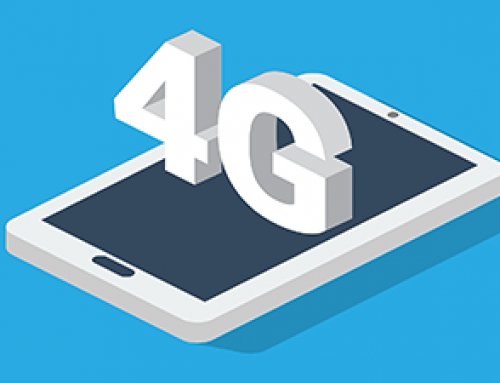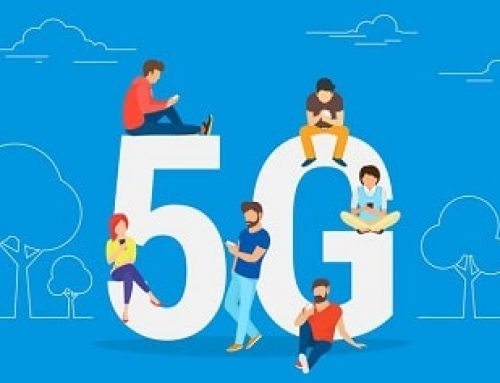Starlink Internet in Bangladesh: A Game Changer for Connectivity?
In recent years, Bangladesh has made significant strides in digital transformation, with increasing internet penetration and ambitious projects aimed at building a “Smart Bangladesh.” However, connectivity remains a challenge in many rural and remote areas. This is where Starlink, SpaceX’s satellite-based internet service, could be a game-changer.
What is Starlink?
Starlink is a satellite internet service launched by SpaceX, aiming to provide high-speed, low-latency internet across the globe, especially in underserved areas. Unlike traditional broadband services, which rely on fiber-optic or mobile networks, Starlink operates through a constellation of low-Earth orbit (LEO) satellites. This allows it to deliver fast internet even in locations where traditional infrastructure is unavailable or unreliable.
Current Internet Landscape in Bangladesh
Bangladesh has a thriving ISP sector, with major players like Triangle Services Ltd. and others providing broadband and wireless internet services. The country’s fiber-optic network is expanding, but many rural areas still lack access to high-speed internet. While mobile network operators provide 4G coverage, network congestion and high data costs can limit performance, particularly in densely populated areas.
How Starlink Could Benefit Bangladesh
- Bridging the Digital Divide: Starlink could connect rural and remote communities that currently lack broadband access, supporting education, healthcare, and economic opportunities.
- High-Speed and Low Latency: Unlike traditional satellite internet, which suffers from high latency, Starlink’s LEO satellites promise better performance, making it a viable option for video conferencing, remote work, and even gaming.
- Backup for Businesses and ISPs: Enterprises, financial institutions, and local ISPs could use Starlink as a backup internet solution, ensuring seamless connectivity in case of fiber network failures.
- Disaster Resilience: Bangladesh is prone to natural disasters like floods and cyclones, which often disrupt telecommunications. Starlink’s satellite connectivity could serve as a lifeline in emergencies.
Challenges and Considerations
Despite its potential, Starlink faces several challenges in Bangladesh:
- Regulatory Approval: The Bangladesh Telecommunication Regulatory Commission (BTRC) has strict licensing requirements, and Starlink would need approval to operate in the country.
- Cost Factor: Starlink’s hardware (satellite dish and router) and monthly subscription fees are significantly higher than local broadband options, making affordability a key concern.
- Competition with Existing ISPs: Local ISPs, such as Triangle Services Ltd., offer affordable broadband solutions. Starlink would need to position itself as a complementary service rather than a direct competitor.
Future Outlook
If Starlink enters the Bangladeshi market with government support and strategic pricing, it could revolutionize internet access, especially in underserved regions. However, it’s unlikely to replace existing broadband providers; rather, it could serve as a valuable addition to the country’s connectivity ecosystem.
For now, local ISPs continue to play a crucial role in expanding internet access across Bangladesh. Companies like Triangle Services Ltd. are already offering high-performance internet solutions, including gaming-friendly packages like “যোদ্ধা-২“, which provides premium internet with public IP support.
Ultimately, whether Starlink succeeds in Bangladesh will depend on regulatory decisions, affordability, and its ability to complement existing services rather than disrupt them. One thing is certain: Bangladesh’s digital future is bright, and every new innovation brings us closer to a truly connected nation.









Leave A Comment